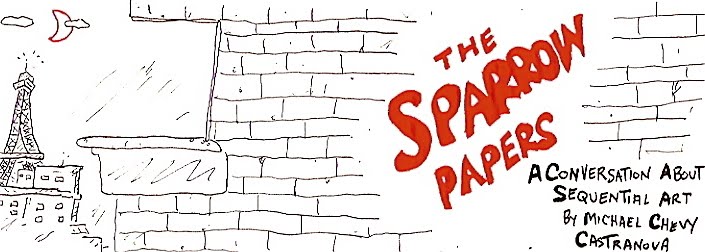 I don’t know for a fact that the great Hugo Pratt ever saw Roy Crane’s Wash Tubbs or Captain Easy from the 1930s and early ’40s, let alone do I have any idea what he might have thought of those newspaper strips.
I don’t know for a fact that the great Hugo Pratt ever saw Roy Crane’s Wash Tubbs or Captain Easy from the 1930s and early ’40s, let alone do I have any idea what he might have thought of those newspaper strips. Pratt did greatly admire, and even outright emulate, Milton Caniff’s trend-setting Terry and the Pirates and Steve Canyon, particularly in the use of chiaroscuro. (The two corresponded with each other, their careers overlapping.)
But looking over Fantagraphic Books’s wonderful new book, Roy Crane’s Captain Easy, Soldier of Fortune: The Complete Sunday Newspaper Strips, volume one, I have to say Pratt’s mature work for his own adventure strips looks a lot more like Easy and less like Terry.
For one thing, both Crane’s Easy and Pratt’s Corto Maltese were self-proclaimed “soldiers of fortune” — though Easy, a pilot, seemed always to place his hunt for loot ahead of his occasional heart of gold, while with Corto, a sailor, it was the other way around. That could be a sign of their times: Corto, whose tales were written from 1967 and into the late ’80s, was a child of the ’60s, and Easy a product of the Great Depression.
In terms of their art, Crane and Pratt could draw anything, and tapped their own real-life experiences for their exotic locales. But Crane’s characters as well as Pratt’s in his later work (from, say, 1980 on, becoming especially noticeable in The Golden House of Samarkand) had a cartoony style.
That look kept the adventures less grim and more … well, adventurous, as Easy and Corto fought desperate villains and powerful warlords around the world.
Oh, and the women? Always alluring. Real “bons bons,” as Wash Tubbs, Easy’s pal, often remarked. They sulked, they vamped, they carried guns. Even the ones with hearts of stone.
More to come. See my earlier posts on this book here and here.

No comments:
Post a Comment